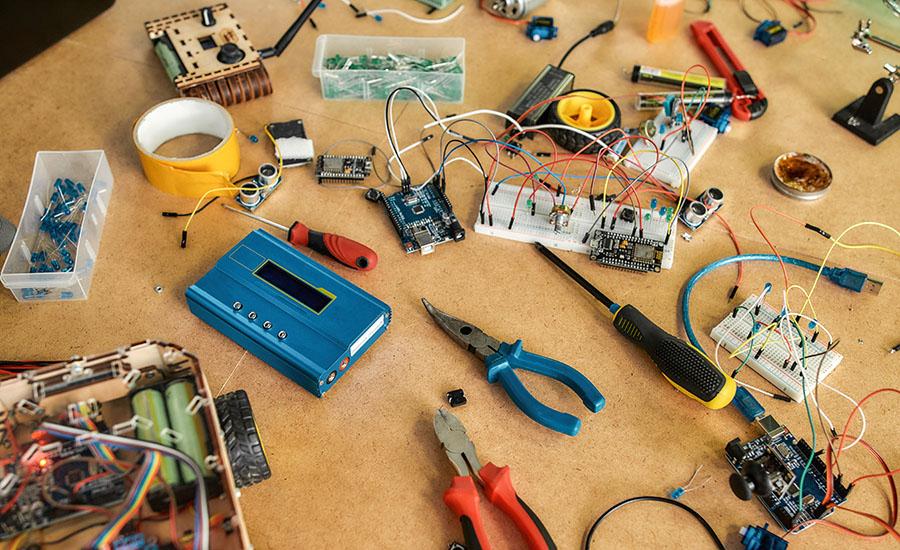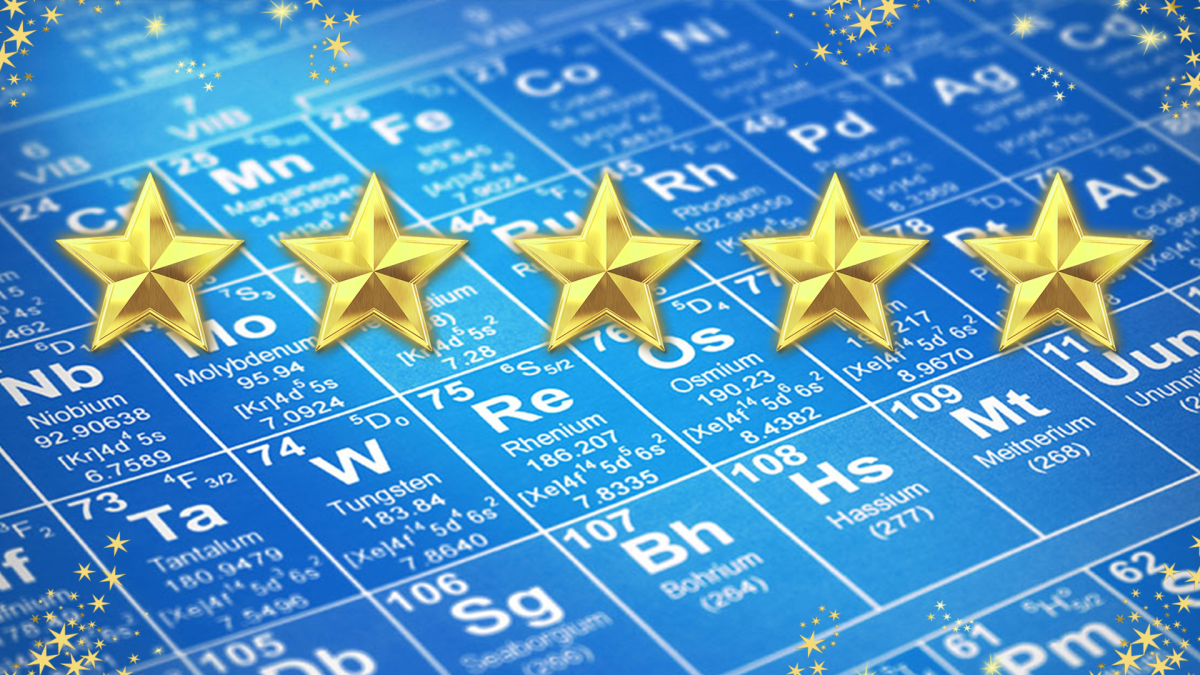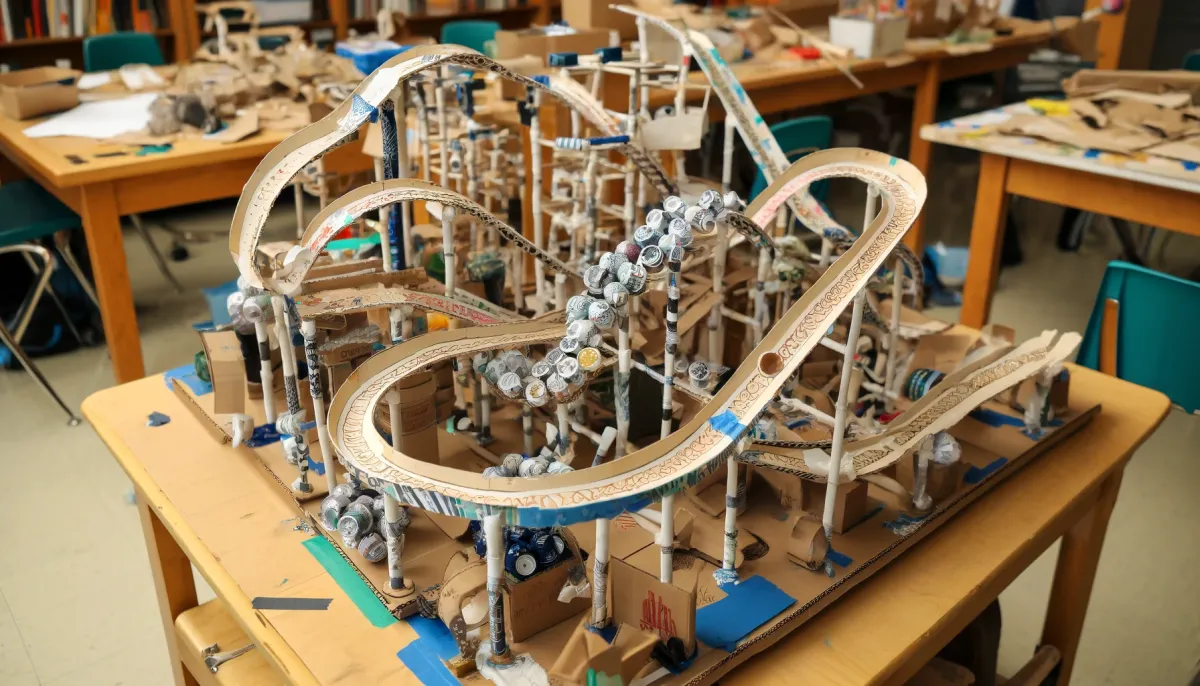
Electrical Energy
by Victoria Rackley
In this lesson plan, high school students will explore the concepts of AC and DC currents through hands-on experimentation. The lesson begins with a brief discussion on the fundamentals of alternating current (AC) and direct current (DC), highlighting their differences and common applications. Students will then form small groups and use a digital multimeter (DMM) to measure and compare the outputs of both AC and DC generators. Each group will connect their generators to an LED and a battery, observing how the LED lights up differently with each type of current. They will use the DMM to measure voltage and current, recording their findings and analyzing the efficiency and behavior of the circuits. This practical activity will reinforce theoretical knowledge, allowing students to visualize and understand the real-world implications of AC and DC currents. The lesson will conclude with a discussion on the advantages and disadvantages of each type of current in various applications, such as household electricity and portable electronic devices.
Lesson Plan Link/URL
https://docs.google.com/presentation/d/1-qQgh8jKh60QYWfe_WD_5yNa4BgxiJLp/edit?u…Related Content

Grades:
9th Grade, 10th Grade, 11th Grade, 12th Grade
The first rule in the chemistry lab is “don’t eat or drink or lick anything in the lab”! This lesson breaks those rules and shows students how culinary is really a practical application of chemistry

Grades:
7th Grade, 8th Grade, 9th Grade, 10th Grade, 11th Grade, 12th Grade
Students will apply principles of design, engineering, and mathematics to create a physical or digital labyrinth inspired by the myth of Theseus. This project integrates STEM concepts with literature

Grades:
7th Grade, 8th Grade, 9th Grade, 10th Grade, 11th Grade, 12th Grade
Want to incorporate the Arts into your 7-12 STEM classroom? The Global Science Opera provides a way to do just that! Learn how to facilitate a STEAM collaboration with arts teachers to make it happen.